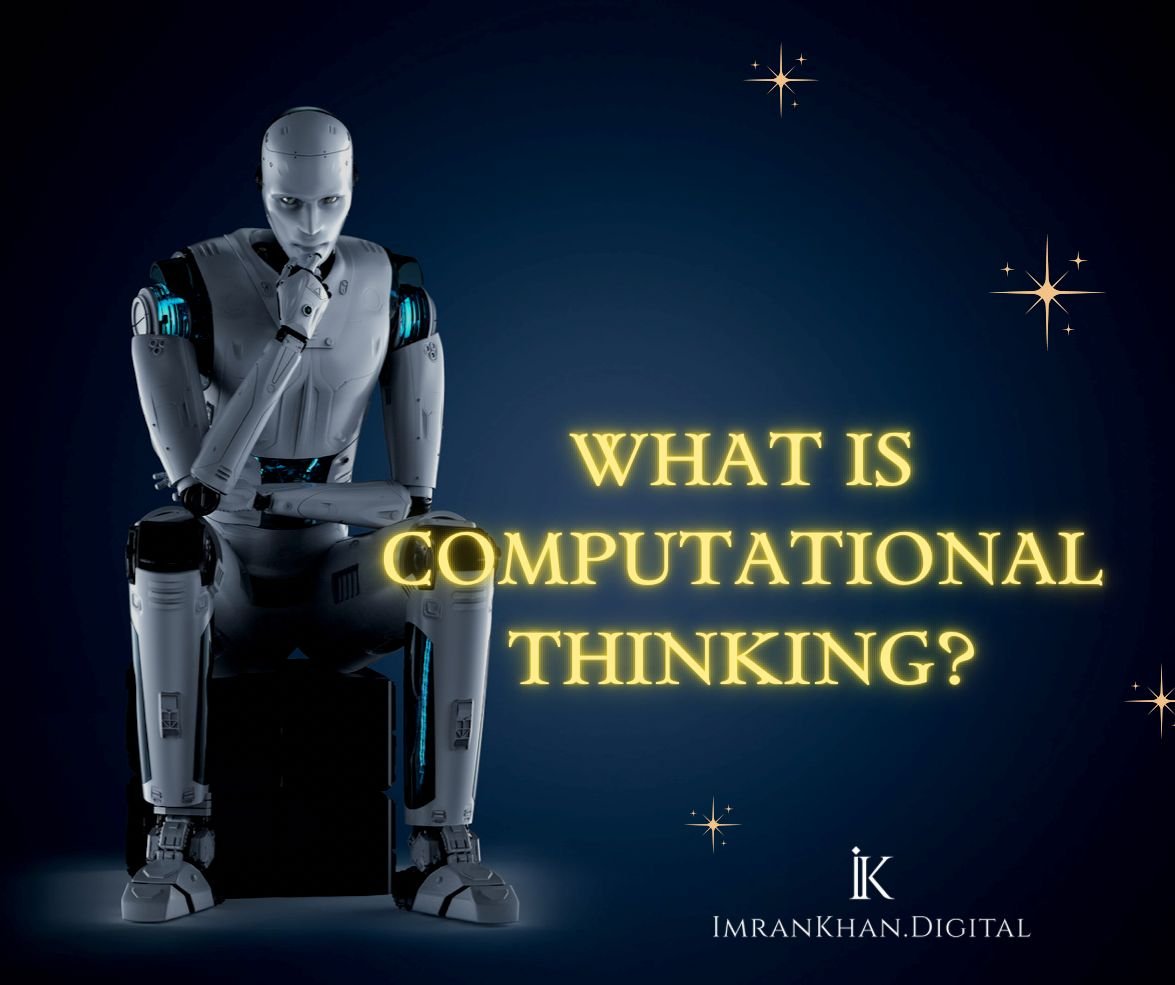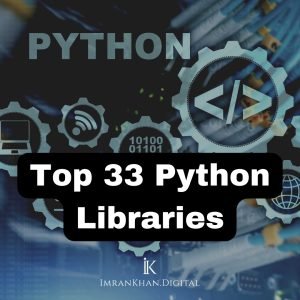
Computational thinking refers to an approach for addressing issues that involves dividing intricate problems into smaller, more feasible components, and utilizing algorithmic and logical reasoning to resolve them. This mindset relies on ideas from computer science to address problems in various domains.
What is Computational Thinking in Computer Science?
By applying an analytical mindset and a structured process to tackle difficult problems, computational thinking is an effective approach used to solve intricate issues in computer science and beyond.
By breaking problems down into simpler components, looking for trends and correlations, concentrating on vital points and planning a sequence of steps, a robust solution can be attained.
Computational thinking is a foundational skill in computer science that can be used in an array of disciplines such as software development, data research, artificial intelligence, and machine learning. It is a crucial skill for effectively problem-solving in all contexts.
What are the steps of Computational Thinking?
The steps of computational thinking are as follows:
- Decomposition: Breaking down a complex problem into smaller, more manageable parts. This step involves identifying the key components of the problem and breaking it down into smaller sub-problems.
- Pattern recognition: Identifying patterns, trends, and regularities within the data or problem. This step involves analyzing the problem or data to identify recurring patterns or trends that can be used to inform the solution.
- Abstraction: Focusing on the most important information and ignoring irrelevant details. This step involves identifying the key elements of the problem and ignoring or abstracting away the unnecessary details.
- Algorithm design: Developing a step-by-step plan or algorithm for solving the problem. This step involves designing a sequence of steps that will solve the problem, using the information gathered in the previous steps.
- Implementation: Putting the algorithm into action by writing code or using other computational tools to solve the problem.
- Testing and debugging: Evaluating the solution to ensure it works correctly and fixing any errors or bugs that are identified.
- Maintenance: Updating and refining the solution over time to ensure it continues to meet the needs of the problem or task at hand.
Overall, these steps help to provide a structured approach to problem-solving using computational tools and techniques.
What are the features of Computational Thinking?
It is characterized by several key features:
- Abstraction: The ability to identify the key components of a problem and ignore irrelevant details.
- Algorithmic thinking: The ability to design and implement step-by-step procedures for solving problems.
- Automation: The ability to use computational tools and techniques to automate tasks.
- Data analysis: The ability to collect, organize, and analyze large amounts of data.
- Debugging: The ability to identify and fix errors in code.
- Efficiency: The ability to identify and implement solutions that are efficient in terms of time, space, and other resources.
- Generalization: The ability to apply computational techniques to a wide range of problems.
- Modularity: The ability to break down complex problems into smaller, more manageable parts.
- Parallelization: The ability to perform multiple tasks simultaneously.
- Simulation: The ability to create models of complex systems and simulate their behavior.
These features help to provide a structured approach to problem-solving using computational tools and techniques, which can be applied to a wide range of problems in various fields.
What is Algorithm Thinking?
Algorithmic thinking refers to the systematic approach of analyzing intricate problems by dividing them into smaller and more feasible components. The process entails creating step-by-step procedures, also known as algorithms, to find solutions.
This technique encompasses several skills such as recognizing patterns, decomposing problems into manageable parts, isolating key data, and devising a plan to apply algorithms to solve the problem. Algorithmic thinking is an integral part of computational thinking, which utilizes computational methods and tools to address an array of problems in diverse fields.
Computational Thinking Examples
- Problem Solving: Finding the shortest path from one point to another on a map using algorithms like Dijkstra’s algorithm.
- Abstraction: Simplifying complex systems or ideas by breaking them down into smaller, more manageable parts, such as modeling a financial system using flowcharts.
- Algorithmic Design: Creating a step-by-step plan to solve a problem, such as designing an algorithm to sort a list of numbers in ascending order.
- Pattern Recognition: Identifying similarities or patterns in data or problems, such as recognizing that a set of numbers follows a certain sequence or pattern.
- Logical Reasoning: Using deductive reasoning to draw conclusions from given information, such as solving Sudoku puzzles or determining the winner of a game of Tic Tac Toe.
- Data Analysis: Using statistical methods to analyze data and draw conclusions, such as finding the mean, median, and mode of a dataset or using regression analysis to determine the relationship between two variables.
- Optimization: Finding the best solution or outcome given a set of constraints or parameters, such as optimizing a website’s loading speed or maximizing profit in a business.
- Simulation: Creating a model of a system or process to better understand its behavior, such as simulating the spread of a virus or the effects of climate change on an ecosystem.
- Computational Creativity: Using computational tools to generate new ideas, such as using machine learning to create art or music.
- Generalization: Using knowledge gained from solving one problem to solve similar problems, such as using the principles of binary search to solve a variety of search problems.
Computational Thinking in Python
Computational Thinking in Python is the practice of designing and implementing efficient problem-solving techniques, especially in programming and mathematics. It involves breaking down a problem into logical and achievable steps and employing algorithms and computational logic to identify and create solutions.
By understanding basic coding principles and problem solving skills, programmers are able to utilize their programming language to tackle larger, more complex problems and create complex programs and systems. Computational Thinking in Python helps students become efficient problem-solvers and develops skills for creative and critical thinking.
Computational Thinking Books
Here are some books that are specifically related to Computational Thinking:
- Computational Thinking: An Introduction” by Jeanette Wing: https://www.cambridge.org/core/books/computational-thinking/6A8E6D15058A25D826C97B583F8E100F
- “Computational Thinking for the Modern Problem Solver” by David D. Riley: https://www.amazon.com/Computational-Thinking-Modern-Problem-Solver/dp/1482235067
- “Computational Thinking in Sound: Teaching the Art and Science of Music and Technology” by G. William Beauclerc and Jesse M. Heines: https://www.routledge.com/Computational-Thinking-in-Sound-Teaching-the-Art-and-Science-of-Music/Beauclerc-Heines/p/book/9780367198455
- “Computational Thinking and Coding for Every Student: The Teacher’s Getting-Started Guide” by Jane Krauss and Kiki Prottsman: https://www.amazon.com/Computational-Thinking-Coding-Every-Student/dp/1506358252
- “Computational Thinking in the Humanities” edited by Melissa Terras, Julianne Nyhan, and Edward Vanhoutte: https://www.routledge.com/Computational-Thinking-in-the-Humanities/Terras-Nyhan-Vanhoutte/p/book/9781472447126
- “Computational Thinking with Python: An Introduction to Problem Solving” by Robert Dondero: https://www.amazon.com/Computational-Thinking-Python-Introduction-Problem/dp/1352014792
These books specifically focus on the concept of Computational Thinking and how it can be applied in various fields.
Final Words
After reviewing the concepts of computational thinking, it is clear that this important skill set is becoming increasingly more relevant in today’s digital world. From breaking problems into manageable parts, creating step-by-step instructions, creating data models and automating solutions, these principles form the core of effective problem solving, data analysis and system design. It is evident that mastering these skills is an essential part of adapting to our technology-driven society, and can be applied to almost any field or occupation.





